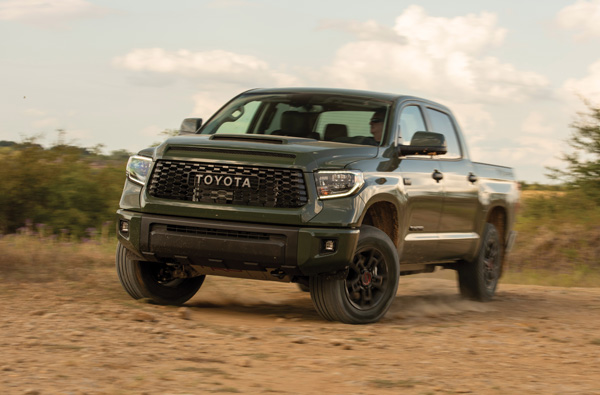
Moving beyond with modern technology
 By Steve Soule | Ultimate Detailing
By Steve Soule | Ultimate Detailing
Last month we talked about wax and the basics of protecting the painted surfaces on modern automobiles. This month I would like to discuss the changes in technologies and progressions in protection systems.
Waxes have their place, as do synthetic sealants. Both offer a level of protection beyond what unprotected paint can offer. Truth be told, the biggest shortcomings are in longevity or ability to last more than a few weeks or months before the need for re-application arises. Along with the longevity, the level of protection is limited and can certainly be improved upon when it comes to shielding painted surfaces from damage.
Paint systems are designed to protect metal surfaces, which they do very well with current technology. They don’t, however offer the ability to shed dirt, resist staining, offer resistance to high and low PH chemicals or water spotting. Waxes, though they can help in these areas, are severely deficient in terms of actual protection against surface degradation. Synthetic sealants are a significant step beyond natural waxes, but again they fall way short in the level protection they afford and the durability and longevity. What, you ask, can do a better job?
Enter modern science blended with the burning desire to protect surfaces and keep our prized automotive possessions looking amazing. About 10-15 years ago, a few small companies started marketing nano ceramic technology as protective systems for paint. Ceramic technology has been around for much longer, and it was only a matter of time before science focused on adding to modern paint systems and their ability to protect them. Since their inception, there have been quantum leaps in terms of protection, technology and simplicity of application.
What are ceramic coatings and what can they offer that other products cannot?
Ceramic or Nano coatings are the pinnacle of surface protection science. They are chemically bonded to the surfaces they are applied to, at a molecular level in a manner unlike any product that has preceded them. Where waxes and sealants are just stacked on top of a painted surfaces with minimal bonding, Ceramic Coatings are attached in a manner very similar to the paints they protect. There are numerous companies currently marketing products as ceramic protection that come in a spray bottle, and though they share similar nano resins, the bonding systems are totally different. True, long lasting ceramic coatings are products that are suspended in a solvent based solution. In reality, they are bonded to painted surfaces very much like modern car paints are bonded.
Ceramic coatings, due to their superior bonding systems, have extreme wear capabilities. If properly applied, they are bonded to the paint surface until polished or sanded. The level of protection is far superior, affording resistance to a much broader range of high and low PH, water spotting, and UV light than any level of product in the history of automotive surface protection. The key words here are “high quality” Ceramic Coating and “properly applied.”
Just like painting or any other complex process, if the prep work isn’t carried out properly, or if low quality products are used, the end result will never look as good or last as long. Sadly, like every industry, this one is full of “copy cat” products and marketing masters who would tell the world that their products are invincible and bullet proof. The truth is that they are not all equal, and though there are some amazing characteristics, within nearly all top brands of coatings, they still have limitations in what they can protect against.
 Here’s a list of the realistic expectations a consumer should have about a properly installed ceramic coating:
Here’s a list of the realistic expectations a consumer should have about a properly installed ceramic coating:
Amazing gloss, extremely slick surface, exceptional dirt shedding abilities, incredible lasting water beading and sheeting, extreme easy maintenance washing, limited maintenance required(no waxing) extreme protection from UVA, UVB, resistance to acidic and alkaline contact, limited added resistance to light scratches or marring(limited to the micro thickness of the coating) and all of these qualities last for years, not months. There are more, but this covers what most of us would seek in protective systems.
Again, within this industry there are companies that heavily market the qualities of ceramic coatings, some well within reason, and others that simply are not realistic expectations to set. Next month, I will dig in a little deeper and discuss realistic expectations of scratch resistance and other properties inherent in high quality ceramic coatings.



 By Steve Soule |
By Steve Soule |  Here’s a list of the realistic expectations a consumer should have about a properly installed ceramic coating:
Here’s a list of the realistic expectations a consumer should have about a properly installed ceramic coating:



